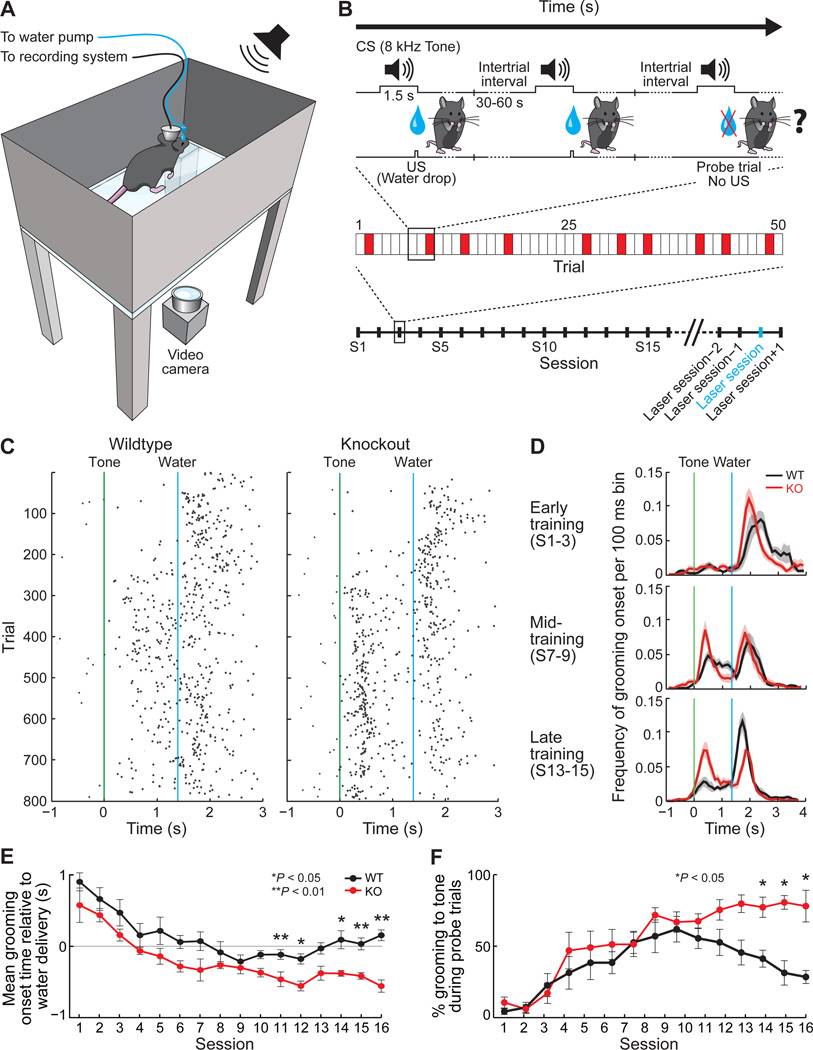Fig. 1. Sapap3 mutant mice exhibit a deficit in adaptive grooming response during conditioning task.
(A) Grooming chamber. (B) Timelines. (Top) Three successive trials (two standard, one probe). (Middle) Session with 40 normal trials (white) and 10 randomly inserted probe trials (red). (Bottom) Full experiment (14). (C) Raster plots of grooming onsets (800 normal trials, 16 sessions), one mouse of each genotype. (D) Grooming onset distribution in wildtypes (WT) (n = 5) and knockout mutants (KO) (n = 5) in early, middle, and late training phases. Shading, SEM. (E) Mean grooming onset times [n = 5 mice/genotype; y axis zero, water drop; genotype effect, P < 0.05, repeated measures analysis of variance (ANOVA)]. (F) Grooming to tone, probe trials (day-genotype interaction, P < 0.01, repeated measures ANOVA). (E) and (F) Error bars show SEM.

